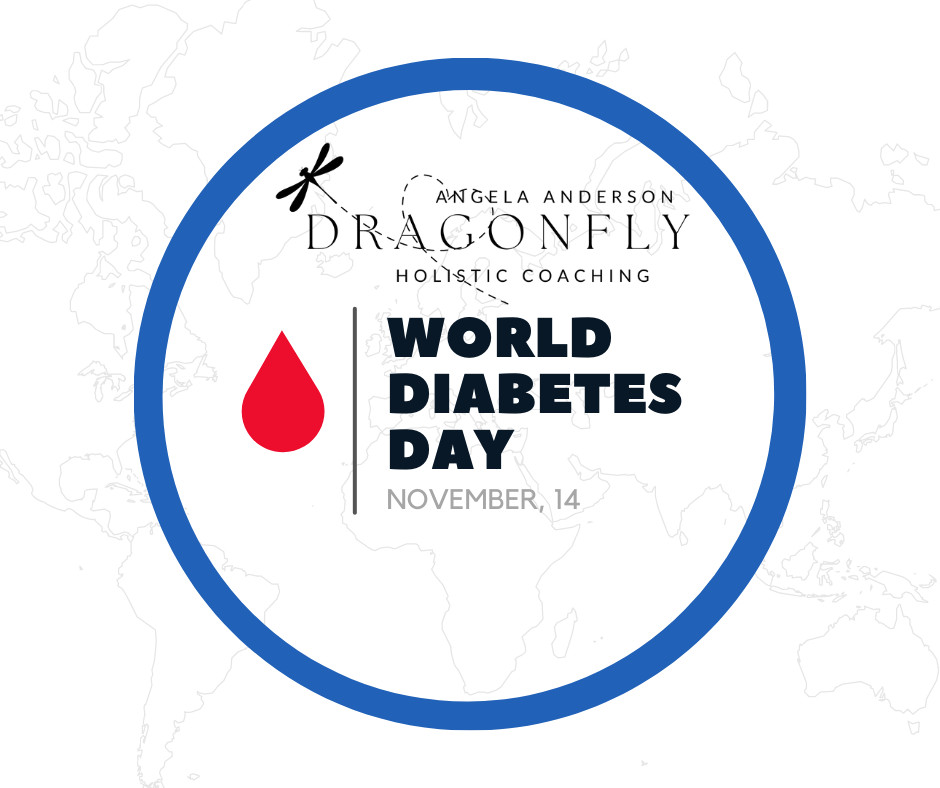
Diabetes is a chronic disease that affects millions of individuals in the United States. It is associated with numerous complications, including cardiovascular disease, kidney failure, and blindness. The purpose of this article is to provide an overview of diabetes in the United States, including prevalence rates and risk factors, as well as evidence-based prevention strategies. The article draws on current literature and statistics from reputable sources, such as the Centers for Disease Control and Prevention (CDC) and the American Diabetes Association (ADA). The evidence presented suggests that prevention strategies should focus on lifestyle modifications, such as increasing physical activity and improving diet, as well as improving access to healthcare for early diagnosis and management.
Diabetes is a chronic disease that occurs when the body is unable to properly produce or use insulin, resulting in high levels of glucose in the blood. According to the Centers for Disease Control and Prevention (CDC), over 34 million Americans have diabetes, and approximately 88 million have prediabetes, a condition that increases the risk of developing type 2 diabetes. Diabetes is associated with numerous complications, including cardiovascular disease, kidney failure, and blindness. The purpose of this article is to provide an overview of diabetes in the United States, including prevalence rates and risk factors, as well as evidence-based prevention strategies.
The prevalence of diabetes in the United States has been steadily increasing over the past few decades. According to the CDC, in 2020, approximately 10.5% of the U.S. population had diabetes, with an additional 34.5% having prediabetes. The majority of individuals with diabetes have type 2 diabetes, which is associated with lifestyle factors such as physical inactivity, poor diet, and obesity. Diabetes disproportionately affects certain racial and ethnic groups, with the highest prevalence rates among American Indians/Alaska Natives, non-Hispanic Blacks, and Hispanics.
There are numerous risk factors associated with the development of diabetes. Some of the most significant risk factors include obesity, physical inactivity, poor diet, and genetics. Other risk factors include age, ethnicity, and family history of diabetes. Certain health conditions, such as high blood pressure and high cholesterol, can also increase the risk of developing diabetes.
There are numerous evidence-based prevention strategies that have been shown to reduce the risk of developing diabetes. These strategies focus on lifestyle modifications, such as increasing physical activity and improving diet, as well as improving access to healthcare for early diagnosis and management.
Physical activity has been shown to significantly reduce the risk of developing diabetes. The American Diabetes Association recommends at least 150 minutes of moderate-intensity exercise per week for individuals at risk of developing diabetes. This can include activities such as brisk walking, cycling, or swimming.
Improving diet is also an important prevention strategy for diabetes. The American Diabetes Association recommends a diet that is rich in fruits, vegetables, whole grains, lean protein, and healthy fats. Individuals should also limit their intake of processed and sugary foods.
Improving access to healthcare is also important for preventing diabetes. Early diagnosis and management of diabetes can help prevent complications and improve overall health outcomes. This can include regular screenings for diabetes, as well as access to affordable and high-quality healthcare.
Be sure to schedule a check-up with your primary care provider to have your blood sugar checked if you know you are at high-risk.
Diabetes is a chronic disease that affects millions of individuals in the United States. The prevalence of diabetes has been steadily increasing over the past few decades, with the majority of cases being type 2 diabetes. There are numerous risk factors associated with the development of diabetes, including obesity, physical inactivity, poor diet, and genetics. However, there are also evidence-based prevention strategies that have been shown to reduce the risk of developing diabetes, including increasing physical activity.
If you need some help making lifestyle changes to support your overall wellbeing, I would love to help you reach your goals.







0 Comments